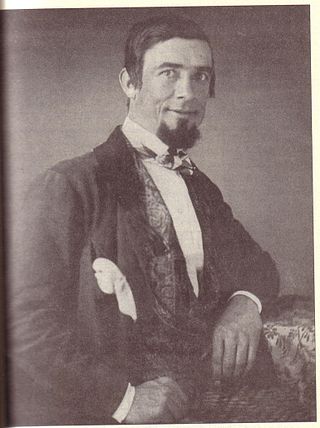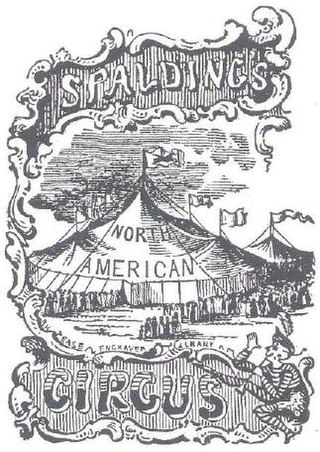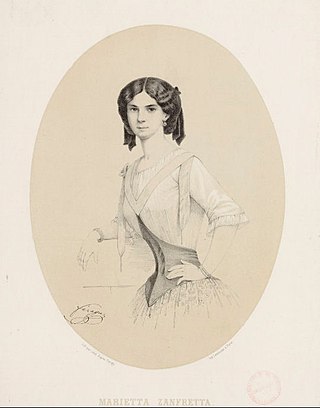Related Research Articles

A circus is a company of performers who put on diverse entertainment shows that may include clowns, acrobats, trained animals, trapeze acts, musicians, dancers, hoopers, tightrope walkers, jugglers, magicians, ventriloquists, and unicyclists as well as other object manipulation and stunt-oriented artists. The term "circus" also describes the field of performance, training, and community which has followed various formats through its 250-year modern history. Although not the inventor of the medium, Newcastle-under-Lyme born Philip Astley is credited as the father of the modern circus.

Tightrope walking, also called funambulism, is the skill of walking along a thin wire or rope. It has a long tradition in various countries and is commonly associated with the circus. Other skills similar to tightrope walking include slack rope walking and slacklining.

Mary, also known as "Murderous Mary", was a five-ton Asian elephant who performed in the Sparks World Famous Shows circus. After killing circus employee Walter “Red” Eldridge on his second day as her handler in September 1916, in Kingsport, Tennessee, she was hanged in nearby Erwin.

Charles Blondin was a French tightrope walker and acrobat. He toured the United States and was known for crossing the 1,100 ft (340 m) Niagara Gorge on a tightrope.

Circus clowns are a sub-genre of clowns. They typically perform at circuses and are meant to amuse, entertain and make guests laugh.

Adam John Forepaugh was an American horse trader and circus owner. From 1865 through 1890 his circus operated under various names including Forepaugh's Circus, Forepaugh's Gigantic Circus and Menagerie, The Forepaugh Show, 4-PAW Show, The Adam Forepaugh Circus, and Forepaugh & The Wild West.

JoJo's Circus is a stop-motion animated television series created by Jim Jinkins, David Campbell, Lisa Jinkins, and Eric Weiner and produced by the Canada-based Cuppa Coffee Studios and Cartoon Pizza. The series was written by Douglas Wood, who previously worked for Tiny Toon Adventures and Animaniacs as a creative executive. The series' songs were composed by Jeffrey Zahn and Jim Latham, with lyrics done by Judy Rothman. The theme song was performed by BECKY.

Dan Rice was an American entertainer of many talents, most famously as a clown, who was active before the American Civil War. At the height of his career, Rice was a household name. Dan Rice also coined the terms "One Horse Show" and "Greatest Show" while popularizing the barrel-style "French" cuff. He was a figure in the new American mass culture brought on by the technological changes of the Industrial Revolution. Rice ran for President of the United States in 1868. With changes in circus venues and popular culture after the Civil War, his fame has gradually slipped into such historical obscurity that in 2001 biographer David Carlyon called him "the most famous man you've never heard of".

The Cirque d'Hiver, located at 110 rue Amelot, has been a prominent venue for circuses, exhibitions of dressage, musical concerts, and other events, including exhibitions of Turkish wrestling and even fashion shows. The theatre was designed by the architect Jacques Ignace Hittorff and was opened by Emperor Napoleon III on 11 December 1852 as the Cirque Napoléon. The orchestral concerts of Jules Etienne Pasdeloup were inaugurated at the Cirque Napoléon on 27 October 1861 and continued for more than twenty years. The theatre was renamed Cirque d'Hiver in 1870.

William Leonard Hunt, also known by the stage name The Great Farini, was a well-known nineteenth- and early twentieth-century Canadian funambulist, entertainment promoter and inventor, as well as the first known white man to cross the Kalahari Desert on foot and survive. He also published under the name Guillermo Antonio Farini.

The Big Circus is a 1959 American drama film directed by Joseph M. Newman and starring Victor Mature as a circus owner struggling with financial trouble and a murderous unknown saboteur. It was produced and cowritten by Irwin Allen, later known for a series of big-budget disaster films.

Nikolas Wallenda is an American acrobat, aerialist, daredevil, high wire artist, and author. He is known for his high-wire performances without a safety net. He holds 11 Guinness World Records for various acrobatic feats, and is best known as the first person to walk a tightrope stretched directly over Niagara Falls. Wallenda walked 1,800 feet (550 m) on a steel cable over Masaya Volcano in Nicaragua, his longest walk, on March 4, 2020.

Encore for Eleanor is a children's picture book written by Bill Peet. It is about a circus elephant who loves the spotlight even after retirement. It was originally published in 1981 by the Houghton Mifflin Co., Boston.

Mademoiselle D'Jeck was a celebrated elephant who performed in Europe and the United States.

"Dr." Gilbert Reynolds Spalding, sometimes spelled Spaulding, was an American showman, circus owner and innovator, being the first to own his own showboat, constructed the first showboat to contain an entire circus and in 1856 the first to send an entire circus on tour in its own railroad cars.

Marietta Zanfretta, known as Madame Siegrist, was an Italian tightrope dancer who found success in the United States. One of the greatest female tight-rope dancers in the world, she was known for performing en pointe on the tightrope, a rare feat.
Lalla Rookh was a clipper/brig variously recorded as 184 tons and 147 tons, built in Peterhead, Aberdeenshire, Scotland in 1848. She was described as one of the "new Aberdeen clippers".
Lalla Rookh was a square-rigged, iron-hulled tea clipper of 869 tons, built in 1856 in Liverpool, Lancashire, owned by William Prowse & Co. and said to travel fast. She was used for trade with India and China, and was advertised in 1871 as a packet ship to take passengers to Australia. She was completely wrecked at Prawle Point, Devon on 3 March 1873, with the loss of one crew member and all of her cargo of tea and tobacco.